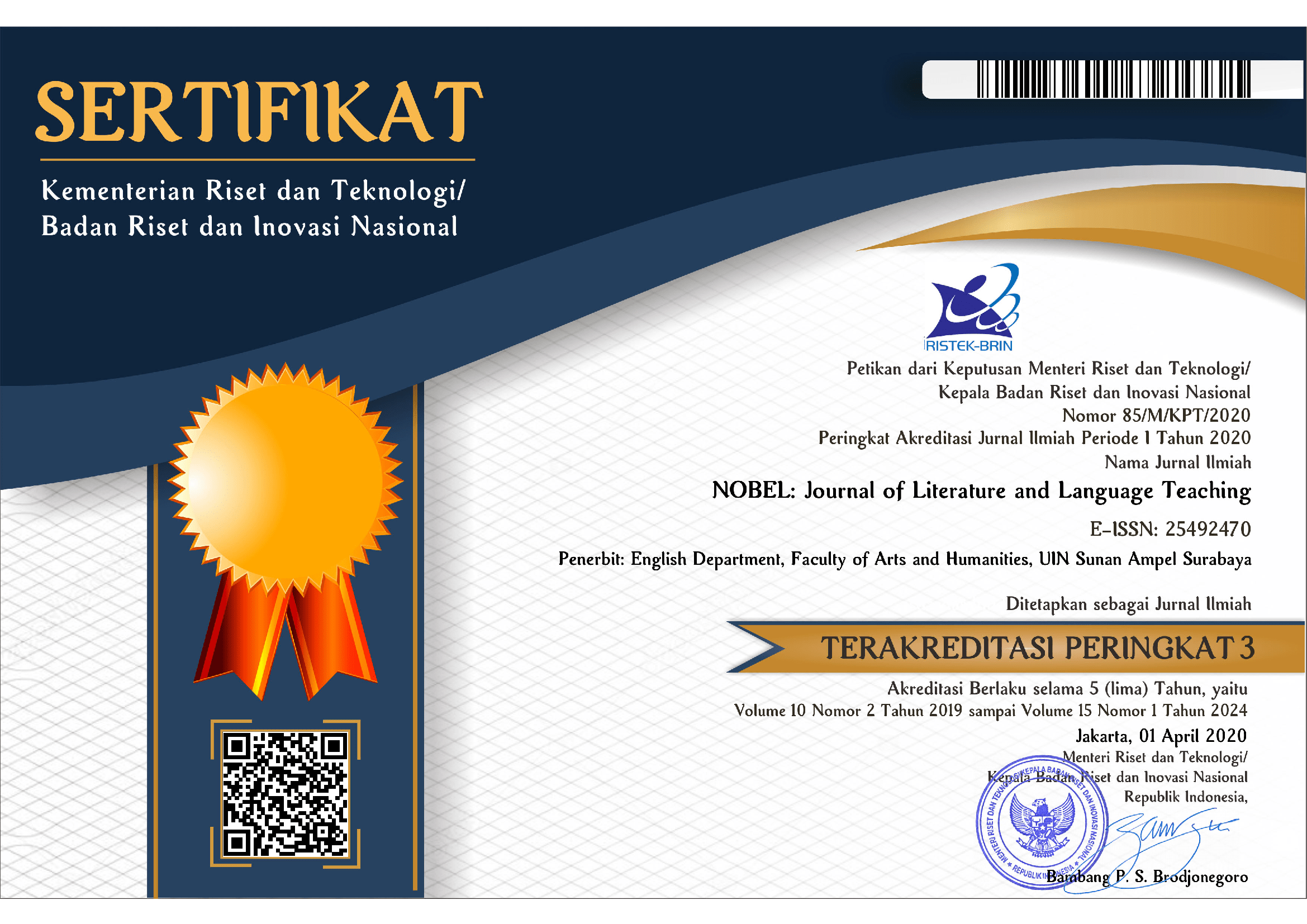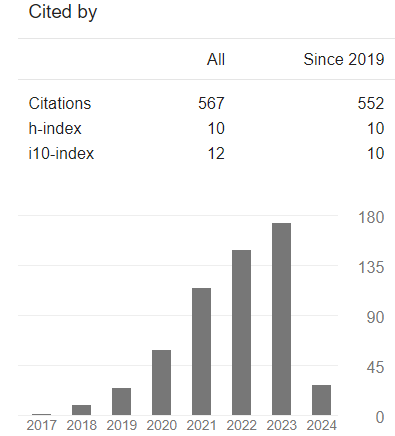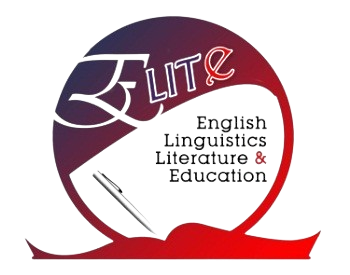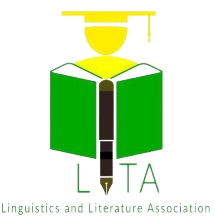Young Learners' Perceptions on the Implementation of Online English Proficiency Test
DOI:
https://doi.org/10.15642/NOBEL.2019.10.1.71-86Keywords:
English for Young Learners, Online English Proficiency Tests, Young LearnersAbstract
The present study made use of Cambridge Online English Test for Children and Young Learner to explore how young learners perceived the implementation of an online test and to what extent the ICT backgrounds and English exposures correlated to their online English test achievement. Three data collection strategies were used to gather the data that involved second to sixth-grade elementary school students as the participants. The instruments were: 1) Online English Proficiency Test for Young Learners; 2) observation field notes; and (3) interviews. The findings revealed that students' test scores diverse as their grade levels were also various. The mean score was 10.53 which could be categorized into Movers level which was in the middle level. It was also found that the three-quarter of the participants declared that they preferred having an online test as it gave them new experiences and comfortable feeling with taking a test on laptop or smartphones. From further investigation to the randomly selected six students, it was revealed three factors were majorly influential for young learners in benefitting the digital technology use. They were: 1) family socio-economic background; 2) parental involvement in children's digital media use; and 3) learners' personal motivation in using the digital media.
Downloads
References
Alwasilah, A. C. (2013). Policy on foreign language education in Indonesia. International Journal of Education, 7(1). DOI: http://dx.doi.org/10.17509/ije.v7i1.5302
Australians, U., & Smith, J. (2012). Beneath the “ digital native †myth online time use, 49(1), 97–118. https://doi.org/10.1177/1440783311434856
Bailey, A. L. (2005). Test review.Language Testing, 22(2), 242-252. Retrieved from https://journals.sagepub.com/doi/pdf/10.1177/026553220502200206
Bangou, F.,& Waterhouse, M. (2008). On ‘becoming’ technologically literate : a multiple literacies theory perspective, 5(4), 445–456.
Bittman, M., Rutherford, L., & Brown, J. (2011). Old media and children’s outcomes, 55(2), 161–175. https://doi.org/10.1177/000494411105500206Chapelle, C. A. (2003). English Language Learning and Technology: Lectures on Teaching and Research in the Age of Information and Communication. Amsterdam: John Benjamins Publishing.
Creswell, J. W. (2013). Research design: Qualitative, quantitative, and mixed methods approaches. https://doi.org/10.1007/s13398-014-0173-7.2
Friedrich, S. (2008). Quality features of TC Exam: An open source computer-based assessment software. Towards a research agenda on computer-based assessment. http://www.nremt.org/about/CBT.home.asp
Gupta, Nitishiree. (2018). Differences between CBT and WBT. Retrieved April 20, 2018 from http://www.commlabindia.com
Guo, R. X., Dobson, T.,& Petrina, S. (2008). Digital natives, digital immigrants: An analysis of age and ICT competency, 38(3), 235–254. https://doi.org/10.2190/EC.38.3.a
Hamied, Fuad Abdul. (2017). Research Methods: A Guide for First Time Researchers. Bandung: UPI Press.
ICT Literacy Panel. (2002). Digital transformation: A framework for ICT literacy. A Report of the International ICT Literacy Panel. Educational Testing, 1. Retrieved from http://www.ets.org/research/ictliteracy
Killian, J. N. (2011). The Teaching/Learning of Digital Natives. https://doi.org/10.1177/1057083711414393
Kurnia, N., & Astuti, S. I. (2017).Researchers find Indonesia needs more digital literacy education. http://theconversation.com/id/who-we-are
Luecht, R. M., &Sireci, S. G. (2011). A review of models for computer-based testing, (1), 1–56. Research Report. https://files.eric.ed.gov/fulltext/ED562580.pdf
Malik, R. S.&Hamied, F. A. (2016). Research Method: A Guide for First Time RESEARCHERS. Bandung: UPI Press.
McLoughlin, C. (2011). What ICT-related skills and capabilities should be considered central to the definition of digital literacy? In T. Bastiaens& M. Ebner (Eds.), Proceedings of ED-MEDIA 2011--World Conference on Educational Multimedia, Hypermedia & Telecommunications (pp. 471-475). Lisbon, Portugal: Association for the Advancement of Computing in Education (AACE). Retrieved June 5, 2018 from https://www.learntechlib.org/primary/p/37908/.
Meisani, D. R. (2018). ‘Read-to-me’ story book: Parent-children home reading activities. In S. Madya, F. A. Hamied, W. A. Renandya, C. Coombe, & Y. Bhastomi (Eds). ELT in Asia in the digital era: Global citizenship and identity. London: Routledge. Retrived from VitalSource Bookshelf.
Miller, H. (2017). The myth of “digital native†generation. eLearningInside.com
Prensky, M. (2001). Digital natives, digital immigrants. NCB University Press, 9(5), 1-6.
Reed W. M., &Giessler, S. F. (2002). Prior computer-related experiences and hypermedia metacognition. Computers in Human Behavior, 11(3-4), 581-600. https://www.sciencedirect.com/science/article/pii/0747563295800184
Kurnia, N. & Astuti, S. I. (2017. Researchers find Indonesia needs more digital literacy education. Retrieved from http://theconversation.com/researchers-find-indonesia-needs-more-digital-literacy-education-84570
Spolsky, Bernard. 1998. Conditions for learning English as a second language. New York: Oxford University Press.
Teo, T. (2013). ‘Digital nativity’: A definitional framework. World Journal on Educational Technology, 389-394. https://www.academia.edu/8279277/_Digital_Nativity_A_definitional_framework
UCLES. (2003). Cambridge Young Learners’ English Tests Handbook: Starters, Movers and Flyers. Cambridge: UCLES. Available at http://www.cambridgeesol.org/support/dloads/yle/yle_hb_03.pdf
Vandoninck, S., Haenens, L. D., & Donoso, N. (2010). Digital literacy of Flemish youth : How do they handle online content risks ? 1, 35. https://doi.org/10.1515/COMM.2010.021
Way, W. D., Davis, L. L., & Fitzpatrick, S. (2006). Score comparability of online and paper administrations of the Texas assessment of knowledge and skills. Annual Meeting of the National Council on Measurement in Education. Retrieved on May 7, 2018 from http://www.pearsonassessments.com/hai/images/tmrs/Score_Comparability_of_Online_and_Paper_Administrations_of_TAKS_03_26_06_final.pdf
Williams, F., Philip, L., Farrington, J., & Fairhurst, G. (2016). ‘Digital by default’ and the ‘hard to reach’: Exploring solutions to digital exclusion in remote rural areas. https://doi.org/10.1177/0269094216670938
Zevenbergen, R., & Zevenbergen, R. (2007). Digital natives come to preschool : Implications for early childhood practice, 8(1), 19–29. https://doi.org/10.2304/ciec.2007.8.1.19







